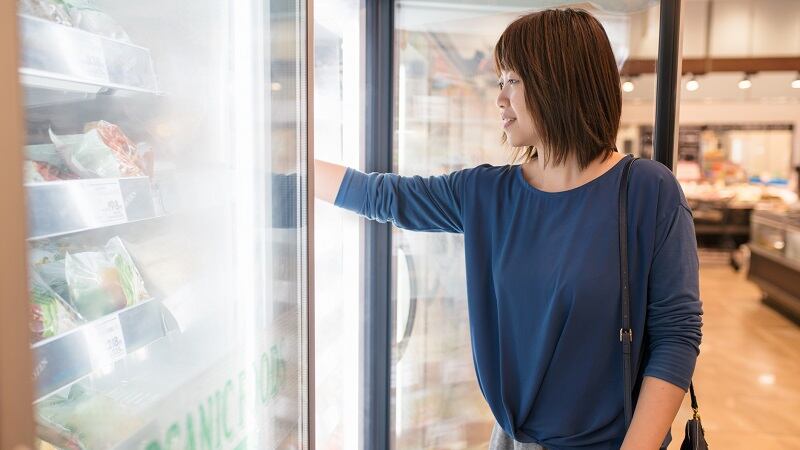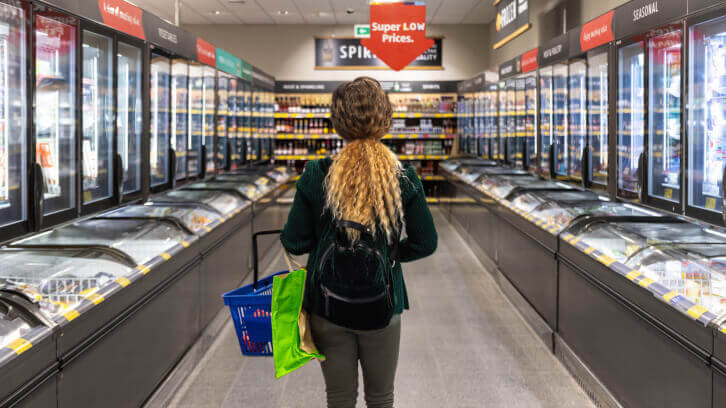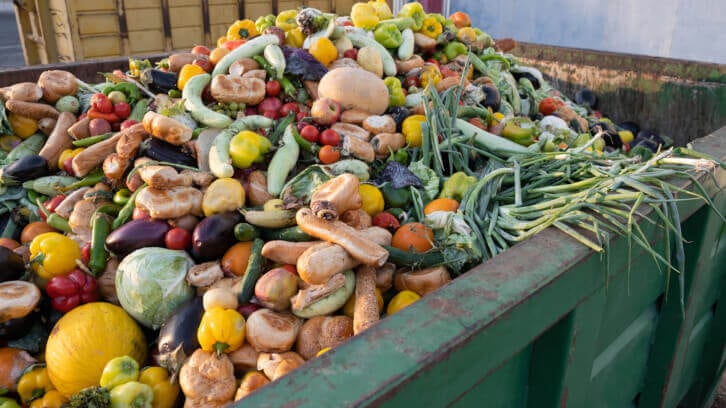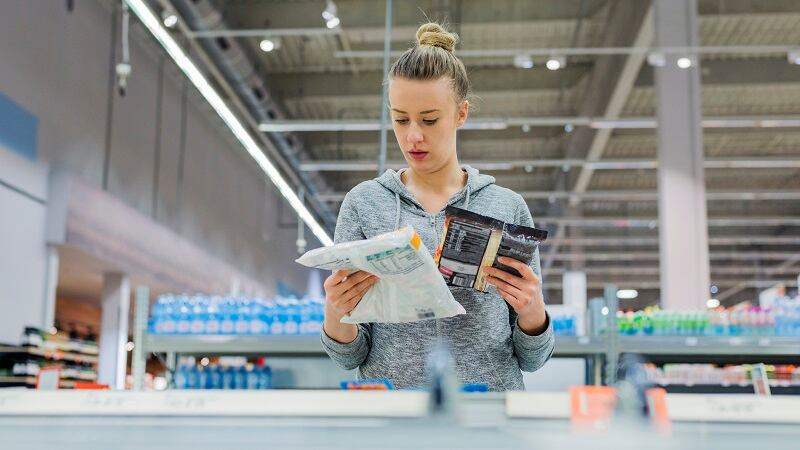Earlier this month, AFFI with a coalition of industry trade groups – including the Global Cold Chain Alliance, Meat Institute, National Fisheries Institute, National Pork Producers Council, and the Washington Red Raspberry Commission – submitted a written statement in support of the proposed Draft National Strategy for Reducing Food Loss and Waste and Recycling Organics and the role frozen food should play in meeting the US government’s sustainability goals.
Announced at COP28, the USDA, EPA, and FDA strategy outlined four broad objectives: preventing food loss where possible, preventing the waste of food where possible, increasing recycling of organic waste, and supporting policies and incentives to prevent food loss and waste and promote organics recycling.
In its submitted comments to the draft, AFFI advocated for building a stronger cold-chain infrastructure, improving access to frozen foods, educating consumers on food waste, and conducting further research to understand food waste. In its comments, AFFI also “wanted to show the breadth of the category” and how the entire frozen-food supply chain is leaning into innovative solutions to reduce food waste, Bodor said.
“When we think about the supply chain for frozen, AFFI represents products that are sold as frozen, and that you think of in the frozen aisle, but there [are] so many other products in the frozen supply chain and participants in the frozen supply chain that we felt very strongly that this is an opportunity for us to communicate the benefits of frozen beyond our membership. And it's important to do that because the impact is so much greater than our membership.”
“We're going to decarbonize at greater and greater levels”
While frozen foods require extra resources and carbon to freeze and safely store foods, based on initial studies, “greenhouse-gas emissions from food waste are higher than the greenhouse-gas emissions from the energy of production of frozen foods,” Bodor said. Bodor would also like “to see more lifecycle analysis really looking at the total carbon footprint of frozen and non-frozen foods.”
The frozen-food supply chain is also investing in ways to improve refrigeration technology to be more sustainable, she noted. Earlier this year, private-label giant ALDI announced that it’ll be replacing current refrigerants with environmentally friendly ones like carbon dioxide and propane refrigerants.
“Retailers are really doing a great job in driving some of the initiatives to lower carbon footprint overall, and they're pushing some of those goals upstream to their product suppliers, which are my members. So, they're already having a really beneficial effect there, and we want to be part of those overall goals.”
The entire frozen-food supply chain is also finding ways to use fewer resources and improving freezing technologies, she added. In a study from the Centre for Sustainable Cooling, researchers suggested that frozen-food temperatures could be changed from -18°C to -15° for certain products, reducing carbon dioxide emissions between 10.9-17.7mt of CO2 per year.
“We're all working hard to reduce energy and be more efficient. So, over time, I think you're going to see that energy use per product decreases whether that's from efforts that companies are making individually or goals that municipalities are setting on their energy supply. We're going to decarbonize at greater and greater levels.”
The role frozen-food has to play in providing access to nutritious food?
In addition to reducing food waste, frozen foods are delivering nutritious foods that are increasingly tapping into better-for-you and clean-label trends, Bodor noted. Vegetables are “the number one purchased food in frozen,” and frozen foods don’t require added preservatives, making them attractive to clean-label-conscious consumers, she added.
“Freezing is a temperature state. It's not a state of processing. We are preserving foods not by adding preservatives but by bringing down the temperature. It is the most natural way to preserve foods and lock in nutrients. And surprisingly, that's not always well understood by consumers.”
Consumers are also seeking out convenient meal options to fit their busy schedule, and innovation is providing them with more options, Mary Emma Young, VP of communications at the American Frozen Food Institute, shared in the same interview.
"At the end of the day, when you’re seeing such a variety of options in the frozen food aisle, they’re helping with our food-waste management. They’re also making fruits and vegetables more accessible in our homes. They’re saving us time cooking and preparing meals, or helping when we don’t know how to prepare those meals. That’s where frozen food helps us out. And we’re really proud of this message and what frozen food is bringing to these households," Young said.





